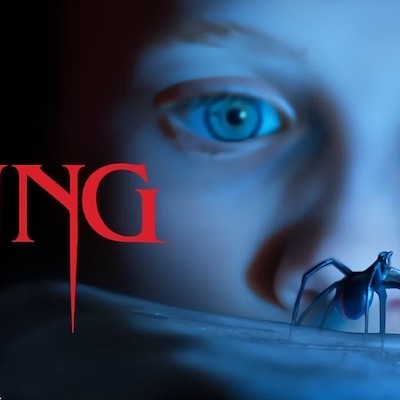News broke last week that the Heights AT&T building that houses the little-known Telephone Museum had been sold, leaving the collection of communication history homeless as of December 1 of this year.
The 46-year-old Telephone Museum (full name: The Doc Porter Museum of Telephone History) posted a frantic message on their website:
The Doc Porter Museum of Telephone History is in trouble.
AT&T has put our building up for sale, and we have just discovered that no provisions have been put in place to move or house our vast collection.
We currently are located on the second floor of 1714 Ashland Street in Houston, Texas, in the historic Heights area.
This space houses our wonderful collection of telephones, switchboards, instruments, documentation, books, and all the other pieces of telephone history that has taken many years to compile.
Our collection is one of the last in the country. With the closing of the telephone museums in Dallas and others, we are the one of the last in Texas, and one of only a handful in the country.
Most everyone who visits our Museum is extremely surprised and delighted by our tremendous collection of telephone history.
We are in desperate need to relocate. Any ideas? Please contact us.
The Ashland building is the museum's third home since its birth in 1966. So what will happen to the museum's collection post-sale? Will it be sold piecemeal to greedy collectors a la the closing of in 2011?
If that's the future, the you only have three short months to see the Telephone Museum's collection, which includes switchboards, rotaries and more. While you're at it, we've compiled five other small Houston-area museums you should check out if you haven't yet.
5. Battleship Texas The Battleship Texas, the nation's first battleship memorial museum (established in 1948) has been plagued this summer with a rash of leaks, at one point taking on 1,500 gallons a minute. It shouldn't be surprising -- this old girl is no spring chicken. The 100-year-old ship is also only one of six to have served in both World Wars.
Preservationists have for years wanted to build a dry dock for the vessel, but the problem is that there's no money. As long as the vessel remains in salt water, ship manager Andy Smith told the Houston Chronicle, it will be subject to leaks. The leaks from earlier this summer have been patched up, and the boat is open for tours again, but who knows when the next one might sprout?
4. National Museum of Funeral History Probably not everyone is as fascinated by death rituals and rites as I am, but I still think there is value to be had in a visit to the National Museum of Funeral History. After all, you may not be into Picasso or Remington, but death is something we all have in common. The museum's permanent exhibitions include a variety of oddly-ahaped coffins (including one shaped like a chicken), vintage hearses and an area dedicated to Dia de los Muertos. I'm especially interested in the exhibit on the history of embalming. What can I say? I'm a sucker for mummies.
3. The 1940 Air Terminal Museum Houston doesn't tear down *all* of its historical buildings. Take the 1940 Air Terminal Museum for example. It's housed in a spectacularly gorgeous Art Deco building at what was once called the Houston Municipal Airport. You now it know as Hobby Airport. The building is in the process of a restoration, painstakingly documented on the museum's website. There are no planes here (well, expect for the ones flying commercially across the tarmac) and only the first floor is open, due to the indefinite restoration, but this museum is more about the good old days when people would actually dress up to travel. Get a guided tour for a better understanding of what the museum has to offer.
2. The Elissa Like the Battleship Texas, the 1877 Tall Ship Elissa has seen better days. As of a year ago, she has not been seaworthy, but just this week FEMA granted her caretakers, the Galveston Historical Society, $1.4 million dollars for Hurricane Ike repairs. Will the Elissa sail again? That remains to be seen, but that doesn't mean you can't still visit and board the fabled ship.
Nautical nuts like me will appreciate the ship on its own merits: the riggings, the triple masts and the gleaming teak brightwork. But no visit to the Elissa is complete without a trip next door, to the Texas Seaport Museum, which chronicles the history of commerce and immigration along Gulf Coast waters, from LaFitte's time to present-day shrimpers.
1. Museum of Printing History The amazing thing about the technology of printing is that from the creation of movable type on, mankind has had an easy way to document and share history. This is evident as you walk the halls of the Museum of Printing History, which are lined with newspapers from all eras, documenting, for example, the Kennedy assassination, the sinking of the Titanic, and reports from the Civil War. But the museum's collection goes much father back than that -- they have scraps of papyrus and Mesopotamian cylinder seals, lithographs and more. The coolest thing about the museum is that pretty much everything is hands-on. Visitors are encouraged to play with the equipment, whether it be a '70s-era Xerox machine or an old typewriter. Resident artists also do demos of bookings, printmaking and more. The museum also hosts rotating exhibitions. Right now, Of Birds and Texas: the Art of Stuart & Scott Gentling, looks good. It opens August 30.






